How a digital team is helping to resettle Syrian refugees
...cases based on the needs of the individual refugee, and better analyse trends across the UK-wide resettlement programme. In time, we'll also be able to use this data to help...
...cases based on the needs of the individual refugee, and better analyse trends across the UK-wide resettlement programme. In time, we'll also be able to use this data to help...
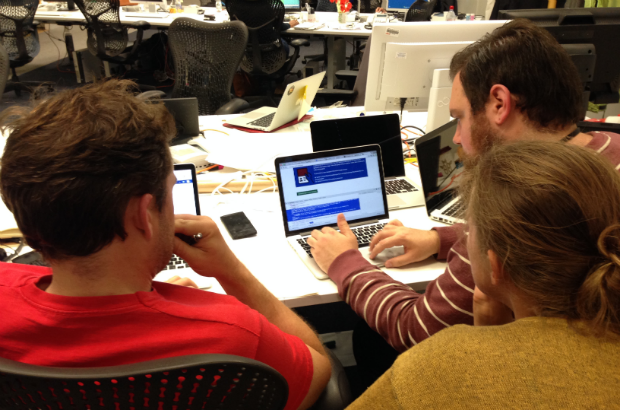
...an Inclusive Design. We do this by going out into the field, to the places where users are, and observing them in context. Talking to users in the environments where...
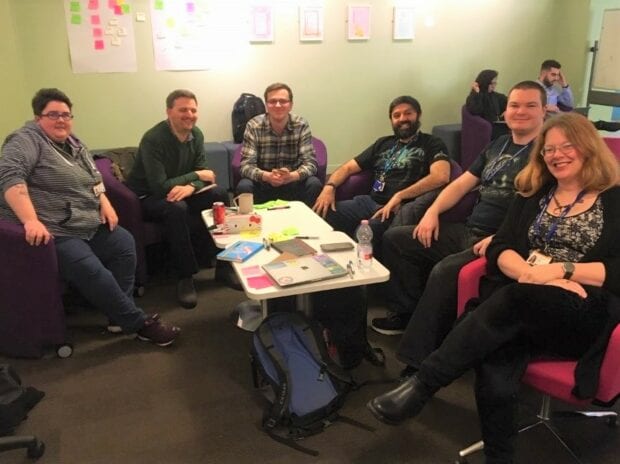
...also added a third route that would allow users to supply ID by post or in person to ensure users who weren’t able or willing to use digital methods could...
...only colour is used to indicate where it is. By all means use colour. But progressively enhance the experience and make sure text is always in place to explain important...
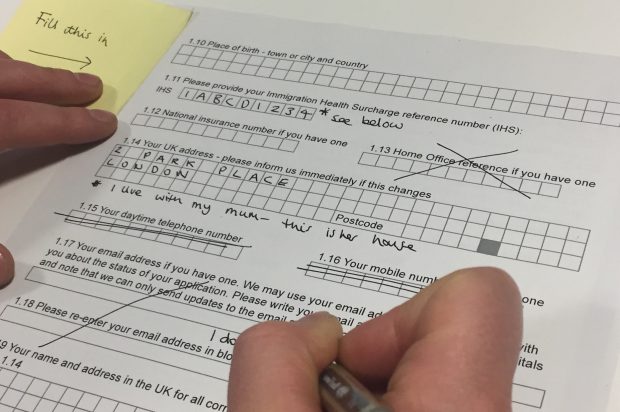
...need to do know that party filled in applications won’t be viewed by a case worker be able to add information to describe their situation be able to answer questions...
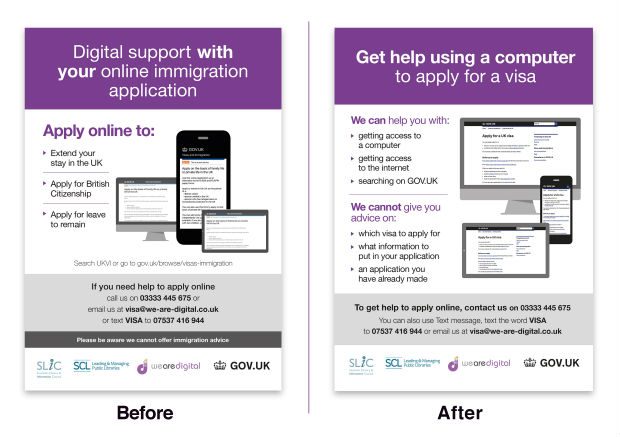
...A graphic designer also needs to make tough decisions. For example, questioning content and messaging, understanding user needs and knowing how to use design techniques effectively to support the thing...

In-depth contextual interviews are one of the most important techniques in a user researcher’s toolkit. Speaking to the people who will use, or are using, your service helps you discover...
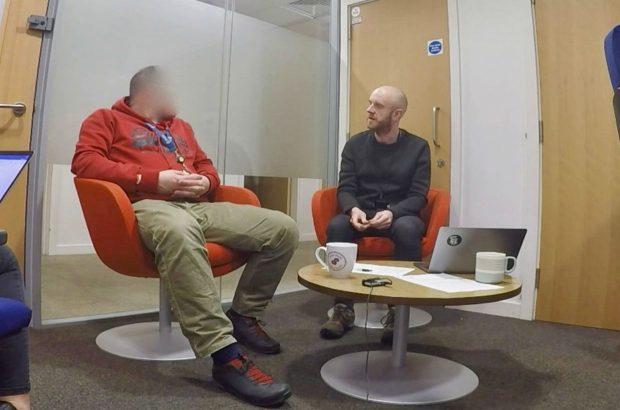
...to use agile methods in software development. Agile methods were completely new to me and we were taught useful and practical ways to work in multidisciplinary teams and how to...
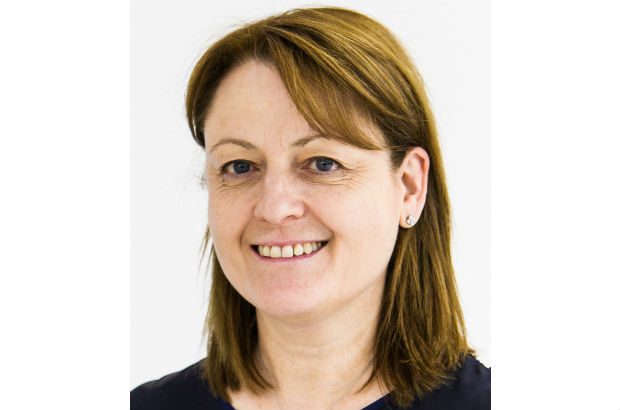
...for all Another aspect to our team's inclusion drive is to ensure all services – those used by the public and civil servants – are accessible and easy to use...

...to continually improve their processes. Delivery Managers are skilled in: planning and prioritisation agile and other delivery methodologies, and how to make a process work team dynamics - how to...